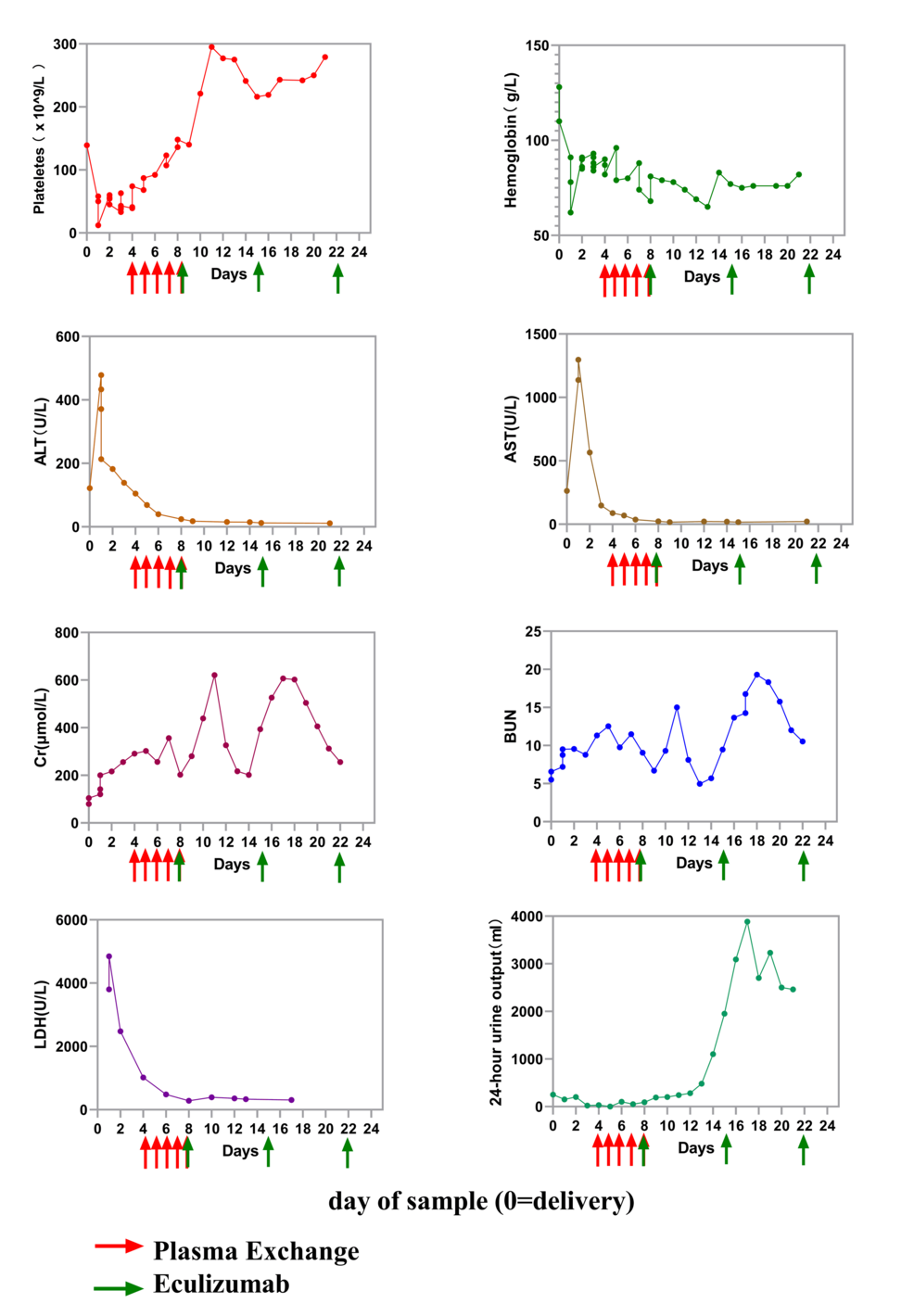The Revolutionary Pig Lung Transplant: A Glimpse into the Future of Medicine!

Imagine needing a new lung and finding out that your potential life-saver is a pig! In a groundbreaking medical feat that sounds like something out of a sci-fi movie, researchers in China have successfully transplanted a genetically modified pig lung into a 39-year-old brain-dead man. This historical first has sparked a whirlwind of excitement and questions about the future of organ transplantation.
Conducted at the First Affiliated Hospital of Guangzhou Medical University and reported in Nature Medicine, this remarkable experiment lasted 216 hours, or nine full days, where the pig lung was monitored closely. The journey involved intricate genetic modifications, utilizing cutting-edge CRISPR technology to avoid the dreaded immune rejection that has plagued organ transplants for decades.
The surgery involved the removal of the man's left lung, which was replaced by the specially designed lung from a Bama miniature pig, a breed raised in sterile conditions to reduce infection risks. The recipient had suffered a catastrophic brain hemorrhage, leading to his brain death. With the family’s consent, surgeons proceeded with this unprecedented procedure, and for nine days, that pig lung did its job, oxygenating blood and removing carbon dioxide.
But here’s where things get complicated! While the pig lung showed incredible initial promise by dodging hyperacute rejection, it soon faced significant challenges. Within 24 hours, it began to swell due to fluid accumulation, and by day three, the immune system launched an attack, leading to severe damage from antibodies. Although this nine-day milestone is a step forward compared to previous attempts, experts like Harvard's Richard Pierson caution that claiming the lung was fully functional might be overly optimistic.
With a severe shortage of human donor lungs resulting in thousands of deaths each year while waiting for transplants, this innovative research has become a beacon of hope. In 2024, only 8,236 lung transplants were performed globally, a number that lags far behind the growing demand. Xenotransplantation, or using animal organs for human patients, could potentially bridge this gap, with companies like Clonorgan Biotechnology and US firms like eGenesis and Revivicor racing to create genetically modified pigs that could provide a more reliable source of organs.
Despite the enthusiasm, challenges remain. The unique properties of lungs — their roles in blood filtration, temperature regulation, and exposure to pathogens — make them trickier than other organs like kidneys or hearts. Researchers are now focused on further genetic modifications and improving immunosuppressive therapies to enhance the survival of these pig lungs in human recipients.
As the world watches this experiment closely, one thing is clear: the future of organ transplantation may just hang on the snouts of our porcine friends!


















